Have an Idea, Concern or Passion Project?
Do others care too?
Now Make an Advocacy Plan!
Getting Started...
This section outlines how you can engage in advocacy work to address issues related to Land Use and Transportation. It may be helpful to use our Advocacy Planning Worksheet along with the resources on this page.
Step 1: Understanding the issue/problem – First thing to consider when tackling and advocacy issue is to understand the problem. First, verify there is a problem (it’s not just in your head) by exploring a number of available data sources, documents, talking to experts, online resources and more that can help you understand the issue. You can also check in with other neighbors (or organizations) in the area to see if they are experiencing similar issues/have concerns too.
* Transportation Issue/Question? Check out this power point on available data sources for transportation projects. – PRESENTATION: Track1_PlanningPolicy

Step 2: Outreach & Outline Mapping – Once you verify there is a problem/issue, start bringing people and organizations in to share their expertise, perspectives, and help with the effort. You will not be able to change policy or affect change alone! You will need advocates, allies, and other volunteers to support your effort.
Use your data and research from step 1 to appeal to different potential allies. For example, people with children may be convinced traffic speed is a problem for a different reason than people who bike along the corridor. Use data to demonstrate that speeds are an issue everyone should care about.
Note: You may discover after doing outreach that another definition of the “problem” is more pressing than what was decided in step 1. Be flexible and open minded.
Expert Tip! Sign up for policy project lists to weigh in on citywide policies and long range plans while they are open for public comment. These plans & policy will shape the future possibilities and frame any advocacy efforts you take on in the future. It’s much harder to change policy than to work within it. Getting involved early and often shapes policy and funding priorities that impact safety investments made later. See below for a previous training on transportation policy.
Step 3: Make an advocacy plan with assigned tasks and deadlines – Once you have an idea of potential allies, influencers, and decision-makers. Make a plan to frame your message for those groups and start connecting. Map out when meetings occur, if any policy changes related to your issue are under review, and be sure you have a strong argument for your concern. It’s not as important to have a solution as it is to be open to the options that governing bodies/decision-makers may have.
GET INSPIRED! Community Advocacy Examples
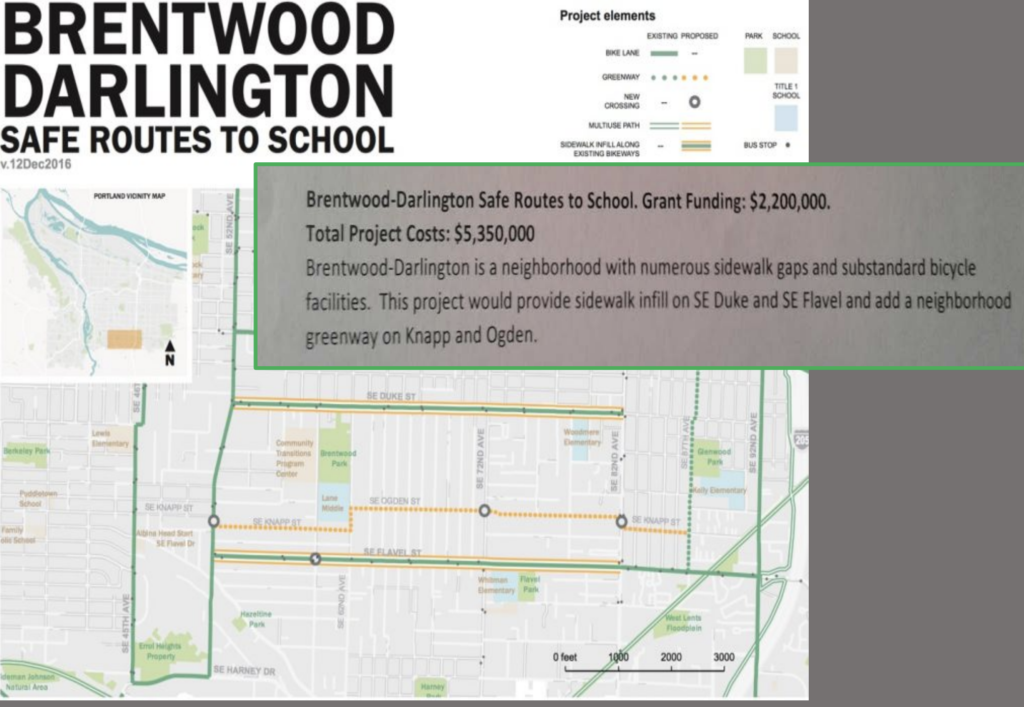
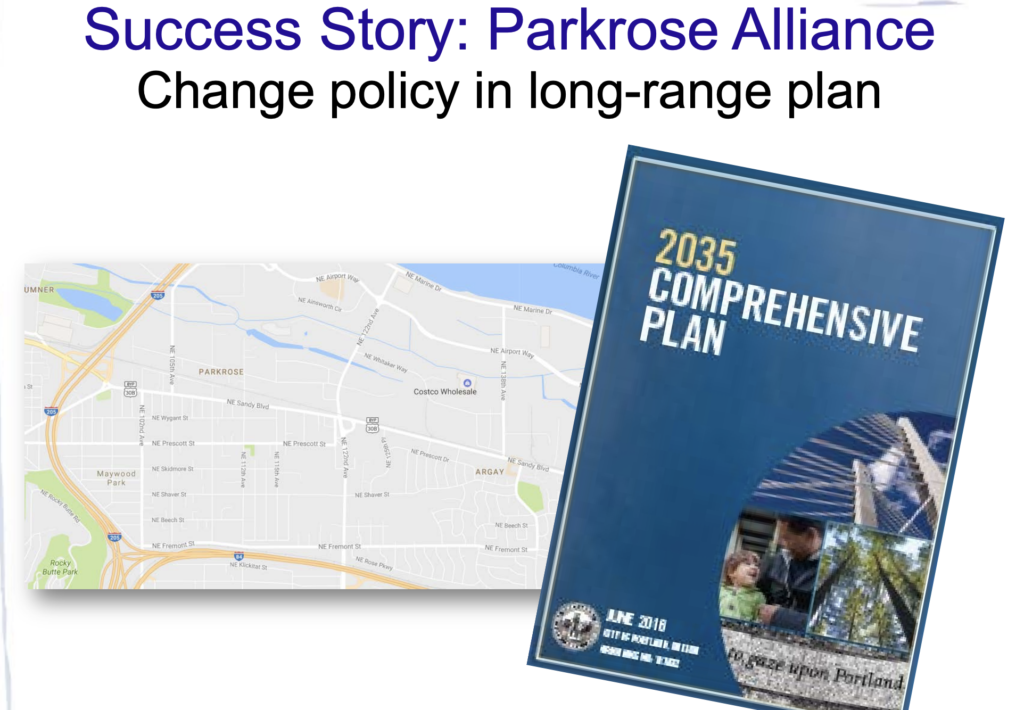
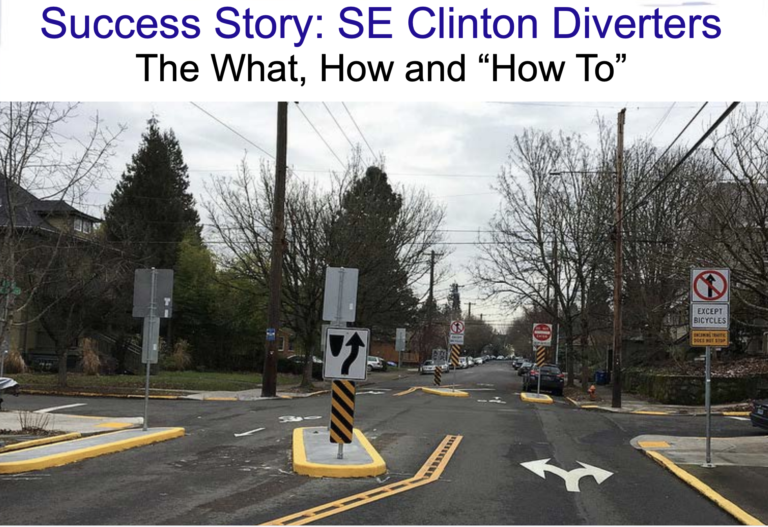
Funding Example
Meesa Long and Lesley McKinley from the Brentwood-Darlington Neighborhood Association shared the success of a grassroots communication and education effort that resulted in such a groundswell of neighborhood awareness and engagement that the neighborhood was able to secure funding for sidewalks. For more information on the funding source, go here.
Policy Example
Mingus Mapps from the Parkrose Alliance and Historic Parkrose shared successful advocacy efforts that resulted in reclassification of NE Sandy during the City’s 2035 Comprehensive Plan and long-lasting improvements for the neighborhood’s livability.
Infrastructure Example
Terry Dublinski-Milton, SE Uplift Board member and bicycling advocate, shared successful advocacy efforts from volunteers with BikeLoudPDX. Their work getting approval for and supporting data collection on trail diverters on SE Clinton resulted in the addition of permanent bicycle safety infrastructure. For more insight see this article from Bike Portland.
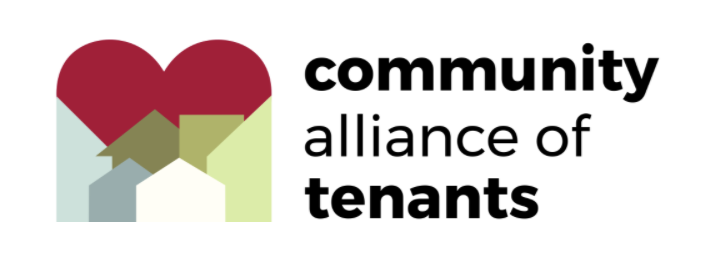
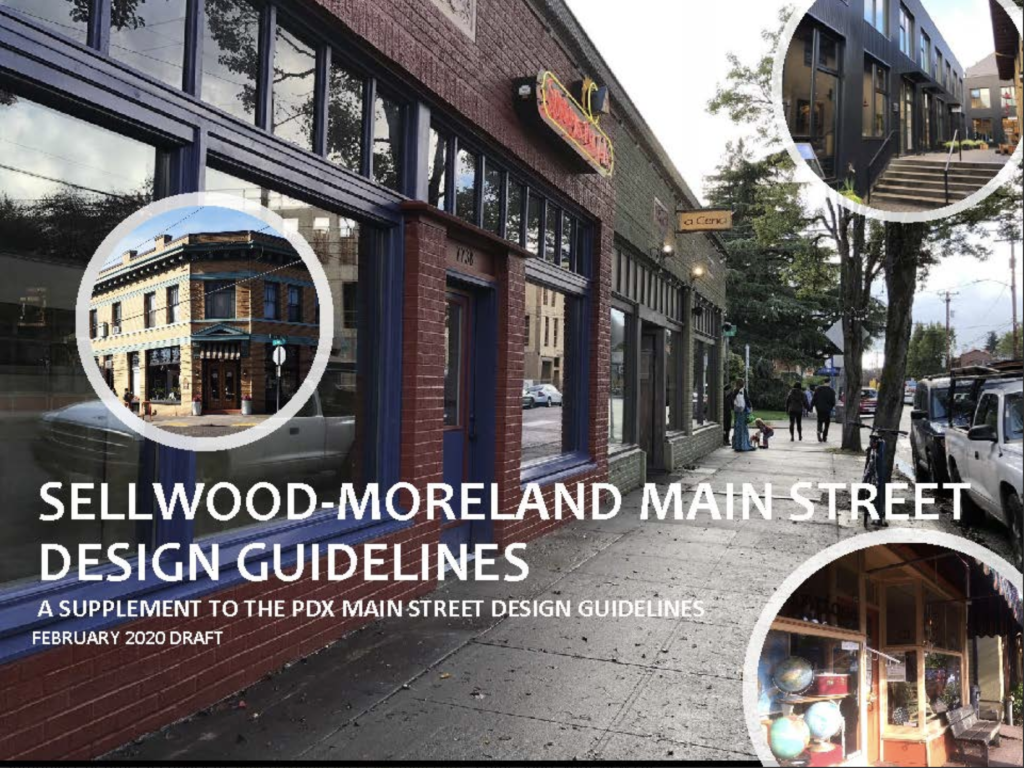
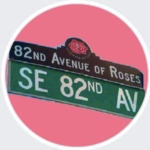
Policy Example
Community Alliance of Tenants (CAT) is a local organization focused on tenant rights. Together with volunteers and other partner organizations, they were able provide data, stories, and lobby the state legislature to pass groundbreaking tenant protections at the state level. Additionally, they have supported local ordinances and requirements to give tenants more protections against no-cause evictions, unfair security deposits, and bias screening practices. Learn more about SE 608 which prevents no-cause evictions. Learn more about local renter-relocation policy, security deposit rule, and new screening practices.
Policy-related Example
Sellwood-Moreland Neighborhood Association passed voluntary design guidelines in 2020 for its main street. While not adopted city policy, these guidelines clarify community design goals and priorities, and encourage future development that is sensitive to local character, history, and neighborhood needs. It provides a roadmap for developers building in the community to understand the vision and design preferences of the community.
View the voluntary design guidelines and community tools for new development. The guidelines were developed in collaboration with PDX Main Streets, SMILE, the Sellwood-Moreland Business Alliance, neighbors and design consultants (Forage Design and Qamar Architecture & Town Planning).
Coalition Example
A group of individuals and organizations decided to ban together to make Portland’s 82nd Avenue a better place to live, work and visit. Since the coalition formed the group has introduced state-wide legislation, connected with state legislators, local decision-makers, Portland Bureau of Transportation, and many communities members to understand the challenges of 82nd and make is a safer corridor to travel along, cross, and visit.
We are here to help!
SE Uplift Board takes advocacy requests for all kinds of coalition-wide issues and concerns. Go here to see if your topic should come to our SE Uplift Board.
If you have questions, concerns related to land use and transportation-related advocacy and how to get started. Contact us for a brief consultation on your issue. Matchu Williams, matchu@seuplift.org (503) 232-0010.